“Sukang Paombong lang tawag nila diyan,” Eddie Marcelino, a 55-year-old sasa farmer explains, referring to Paombong, the neighboring town in his province of Bulacan that became known for this kind of vinegar. “Pero dito sa amin sa Balayong, siya ay sukang sasa.”
Sukang sasa is vinegar from the sasa or nipa palm tree, and Marcelino has been making it for 40 years now. It’s both a business and a way of life that he inherited from his father and grandfather, who first planted the seedlings of their 1,500 square-meter farm almost 70 years ago.
Daily routine
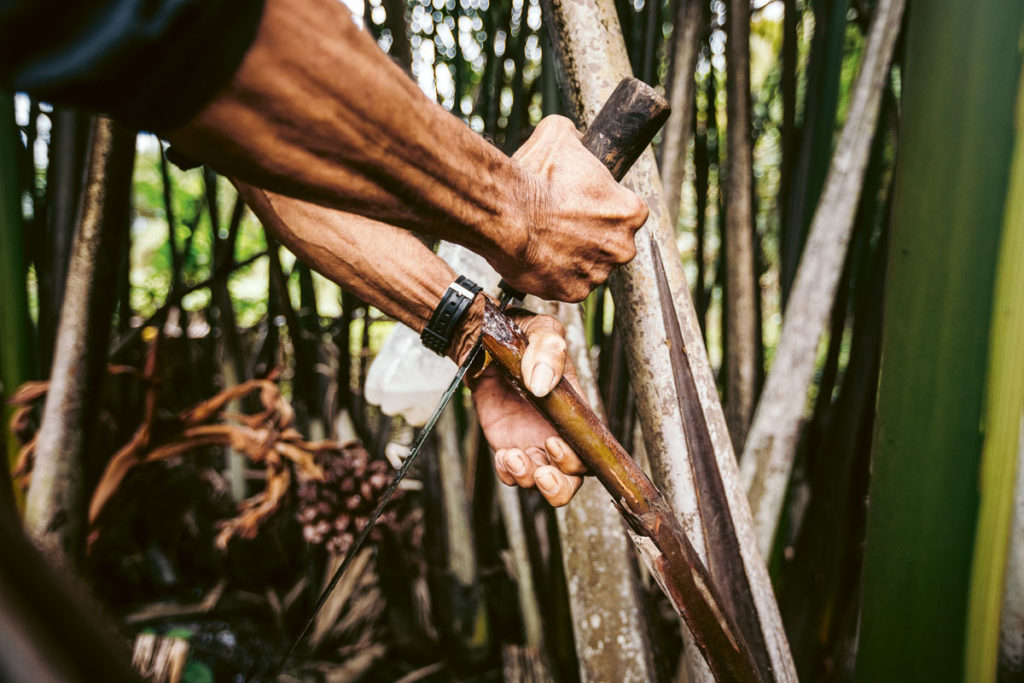
Since 1977, Marcelino has been waking up at five in the morning to tend to his nipa palm trees and perform various chores around the farm all by himself. As he patiently explains the production process of sukang sasa, it quickly becomes evident that this is a labor-intensive job requiring huge amounts of patience, discipline, and dedication to the craft.
The vinegar-making process starts with the tapping of the stalk of the nipa fruit bunch when the trees are about five years old. The base of the tree is kicked, the stalk is bent, and the fruit bunch is chopped off to stimulate sap production. A container is tied to the stalk to collect the precious drops of sap, which will later turn into vinegar.
The bubbly white liquid freshly harvested from the trees is edible and sweet. Marcelino sets some of it aside for loyal customers to drink as tuba, which is believed to have probiotic properties. But the bulk of the liquid is collected and deposited in earthen jars or tapayans.
Every day, Marcelino wades into the soft muddy soil of the marsh area where his sasa plants grow. He painstakingly harvests the small amounts of liquid that have gathered overnight in the many plastic bottles tied to the trees’ branches. He then trims all the stalks anew to encourage fresh sap production and does the process all over again the next day.
The bubbly white liquid freshly harvested from the trees is edible and sweet. Marcelino sets some of it aside for loyal customers to drink as tuba, which is believed to have probiotic properties. But the bulk of the liquid is collected and deposited in earthen jars or tapayans. The storing of tuba in these jars encourages natural fermentation and in two to three weeks, the liquid is ready to be sold as sukang sasa.
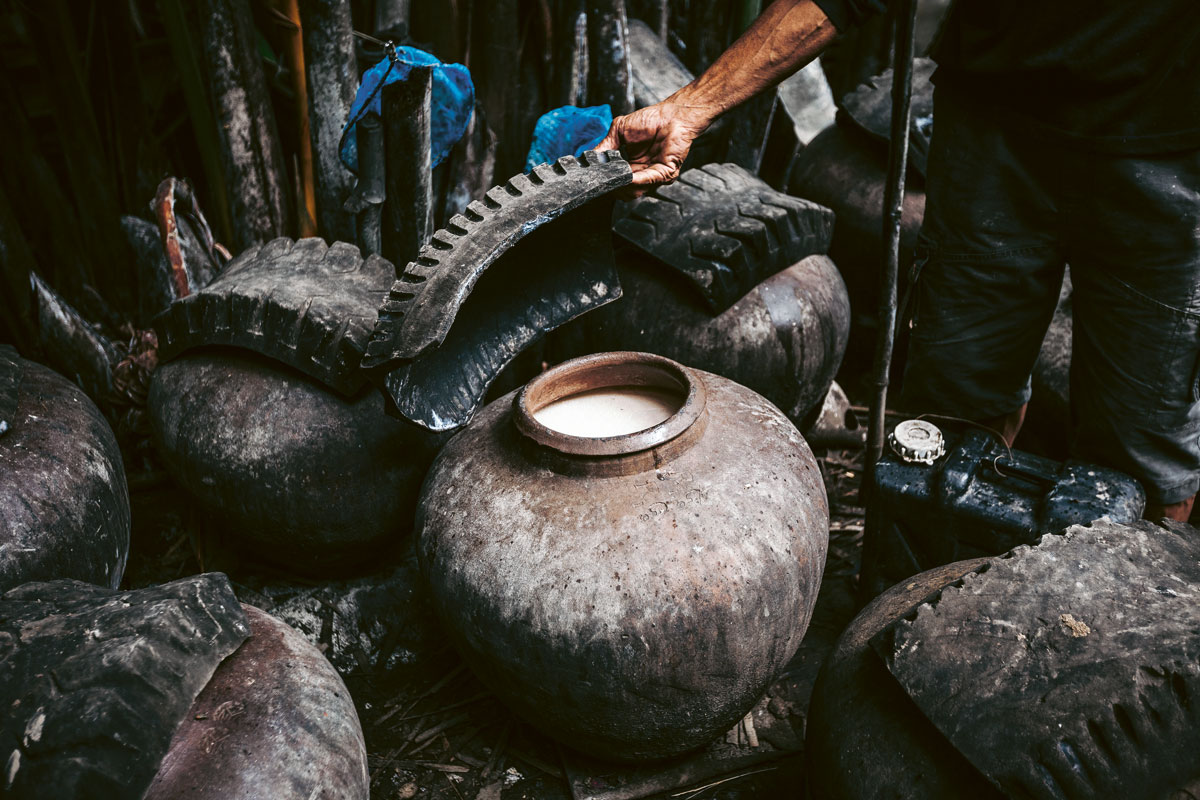
No family affair
It takes one whole day to collect one liter of liquid that can be sold later on as a P13 bottle of vinegar, so it’s easy to see why some farmers are beginning to find it a tedious way to earn money. Also, there are no holidays in this kind of work, as Marcelino confesses. Rain, shine, or storm, he has to trudge around the muddy fields to harvest, cut, and collect from one tree to another, over and over again. It’s hard, back-breaking work, but he says he would rather do this every single day than wallow in a dull nine-to-five job in a factory in the city. “Nag-Maynila ako noong bata pa ako. Hindi ko nagustuhan. Bumalik din ako agad dito.” Besides, Marcelino firmly believes in this vocation that has been in his family for three generations, one that has supported all of them for years and has sent four of his five children to school.
Ironically, it was his children’s education and subsequent exposure to the big city that exposed and convinced them to explore life outside their small farm in Bulacan. The four children who finished school (three of whom are married now with their own families) have gone off to work in other industries.
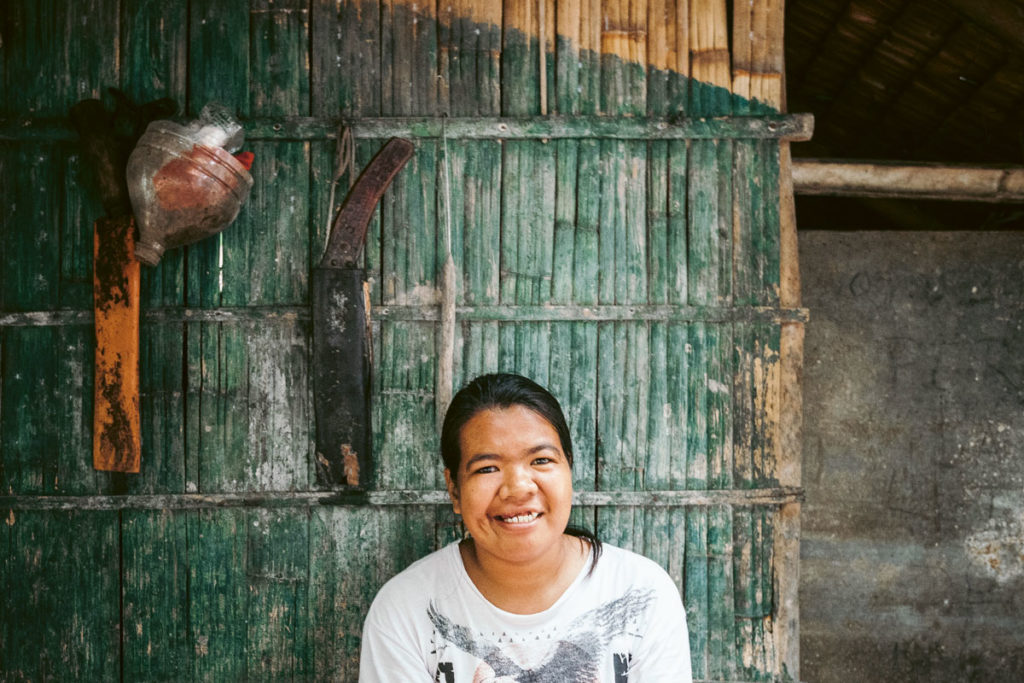
Marcelino jokes that the children of sasa farmers in the area have little or no interest at all in taking over their fathers’ jobs because they all want to be “sputing” or well-dressed. Readers who recognize the old-fashioned Pinoy slang might laugh with him, but there’s a wistful tone in his voice.
It’s obvious that he still hopes for someone to carry on and continue the tradition, and that his children will change their minds someday so he can pass on his skills and craft to them. His soft-spoken daughter, Edelisa, is the only one left at home now and while she dutifully helps her father by hawking bottles of tuba and suka around their area, he still needs more people to run the farm when he gets too old to do it.
Preserving a tradition
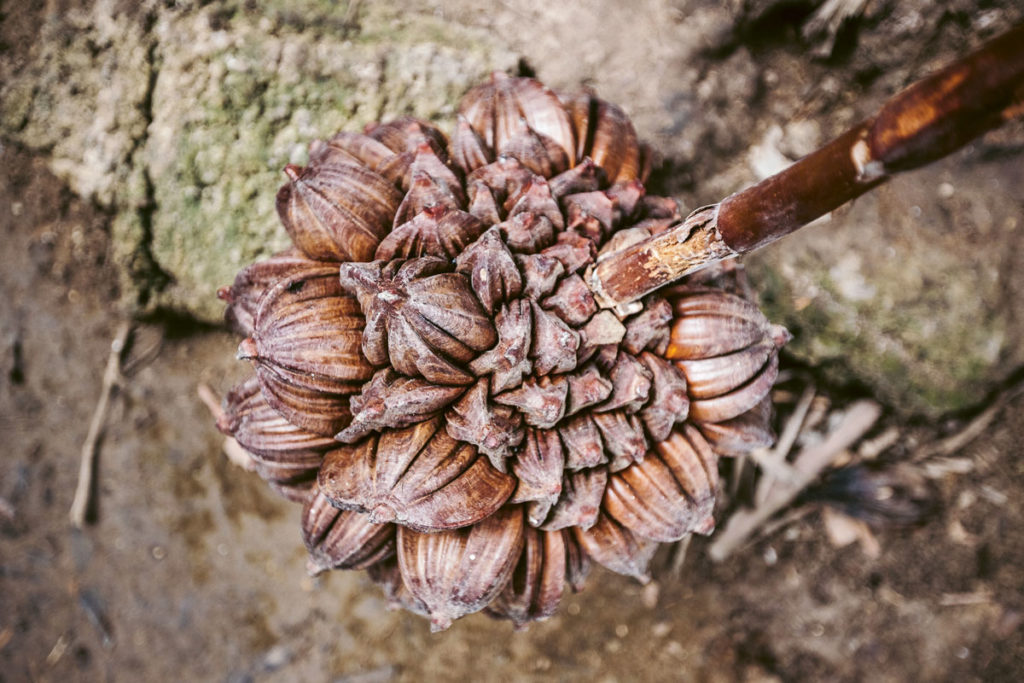
In recent years, Bulacan land owners (especially in Paombong, the capital of sukang sasa) have started converting hectares of their nipa palm plantations into fishponds for a higher income yield but Marcelino declares he will never follow suit. For him, vinegar production is still a good way to earn money because it does not require him to spend too much on maintenance. He claims that as long as there are trees standing in his farm, he can always be assured of harvest.
It takes one whole day to collect one liter of liquid that can be sold later on as a 13-peso bottle of vinegar, so it’s easy to see why some farmers are beginning to find it a tedious way to earn money.
He also adds that while tending to the trees and making the vinegar can be physically taxing, these tasks only take up a few hours of his day, allowing him time to work on other chores, like raising pigs and ducks on his farm.
One taste of Marcelino’s homemade vinegar should be reason enough for this possibly dying craft to be cherished and preserved. Just like any other helping of sukang sasa, the full-bodied, sharply sour taste of this cloudy-white liquid will make you want to add it to your paksiw or pinangat, or dunk your chicharon or freshly grilled liempo in it.
Marcelino makes one last point for his argument, as he shows the rows of containers waiting to be picked up by his customers that day. “Masarap siyang suka. Kung hindi, bakit pupunta dito ‘yung mga taga-Maynila para lang bumili? Pati yung mga taga-Paombong na magsasaka at taga-palengke, sa akin din bumibili.”
Subscribe to our weekly newsletter to receive all the tools and solutions entrepreneurs need to stay updated on the latest news in the industry

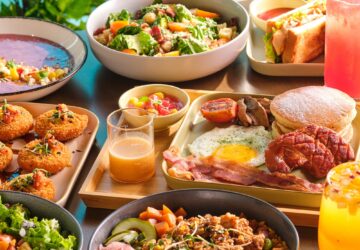
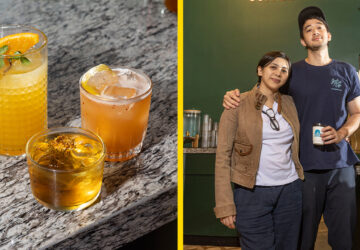
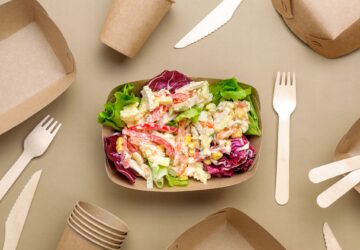


Dapat taasan na nya ang singil nya. 13 pesos is ridiculous. Specialty vinegar na yan. Dapat mahal na yan.
marami po dito sa bohol pki video po sa process ty
I am grateful to read and understand your story Mr. Marcelino. Simple life and strong moral value…Priceless! God bless you!
While those big vinegar industries claims their vinegar are “natural” sells their products at higher prices. 🤦🏽♂️